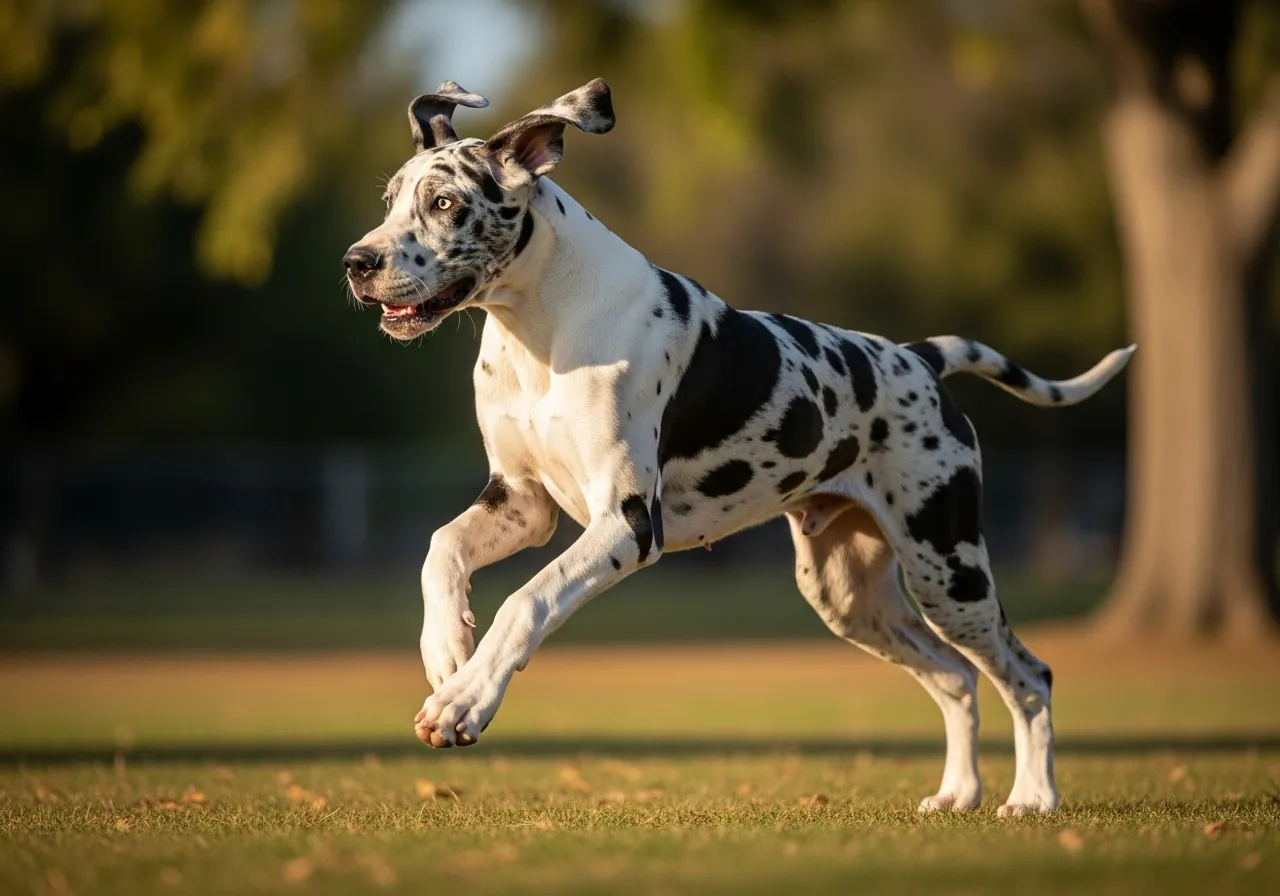
Understanding Dog Lifespan: Size, Genetics, and Beyond
Before we list the longest-living breeds, it’s crucial to understand why some dogs live longer than others. The patterns observed by veterinarians and animal scientists point to a few key factors, with body size being the most prominent.
The size-longevity link is one of the most consistent findings in canine science. While a Great Dane might be considered a senior at age six or seven, a Chihuahua of the same age is just entering middle age. The median lifespan for giant breeds like the Irish Wolfhound or Bernese Mountain Dog can be as short as 7 to 9 years, whereas many small terrier and toy breeds routinely live to be 15 or older. Scientists are still exploring the exact reasons for this disparity. One leading theory suggests that the rapid growth rate of large breeds puts significant oxidative stress on their cells. This accelerated “live fast, die young” model may contribute to an earlier onset of age-related diseases, including cancer and orthopedic issues.
Genetics, of course, provide the blueprint for a dog’s health. Purebred dogs are selected for specific physical and behavioral traits, a process that can sometimes concentrate the genes for certain hereditary conditions. For example, some breeds are predisposed to heart conditions, while others have a higher risk of joint problems like hip dysplasia, a painful condition where the hip joint doesn’t form correctly. It is essential to view these predispositions as risks, not certainties. Responsible breeders work diligently to screen their dogs for these genetic markers to produce healthier puppies.
This is where mixed-breed dogs often enter the conversation. They can sometimes benefit from a phenomenon known as hybrid vigor, or heterosis. This is the idea that a more diverse gene pool can reduce the chances of inheriting two copies of a harmful recessive gene, potentially leading to a sturdier constitution. While this holds true on average, it is not a guarantee. A mixed-breed dog can still inherit the health problems of its parent breeds. Ultimately, a small mixed-breed dog from a healthy lineage has an excellent chance at a long life.
Beyond size and breeding, the most powerful factor influencing a dog’s lifespan is entirely within an owner’s control: the quality of care. A dog’s environment, diet, exercise, and access to preventive veterinary medicine can add healthy years to its life, regardless of its breed. This is the most empowering aspect of canine longevity—our actions truly matter.
















1 thought on “”
I enjoy your articles but wonder why Pekinese are never mentioned in any of your articles. As an owner of 4 over a span of time I am a true fan. The four that I have had and still have one are very loving, calm and very loyal. The one I have now has never met a stranger but is not fond of other dogs. She is over 13 years old and very healthy and active.